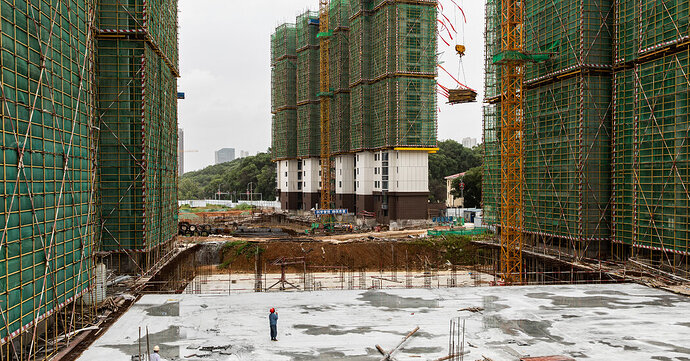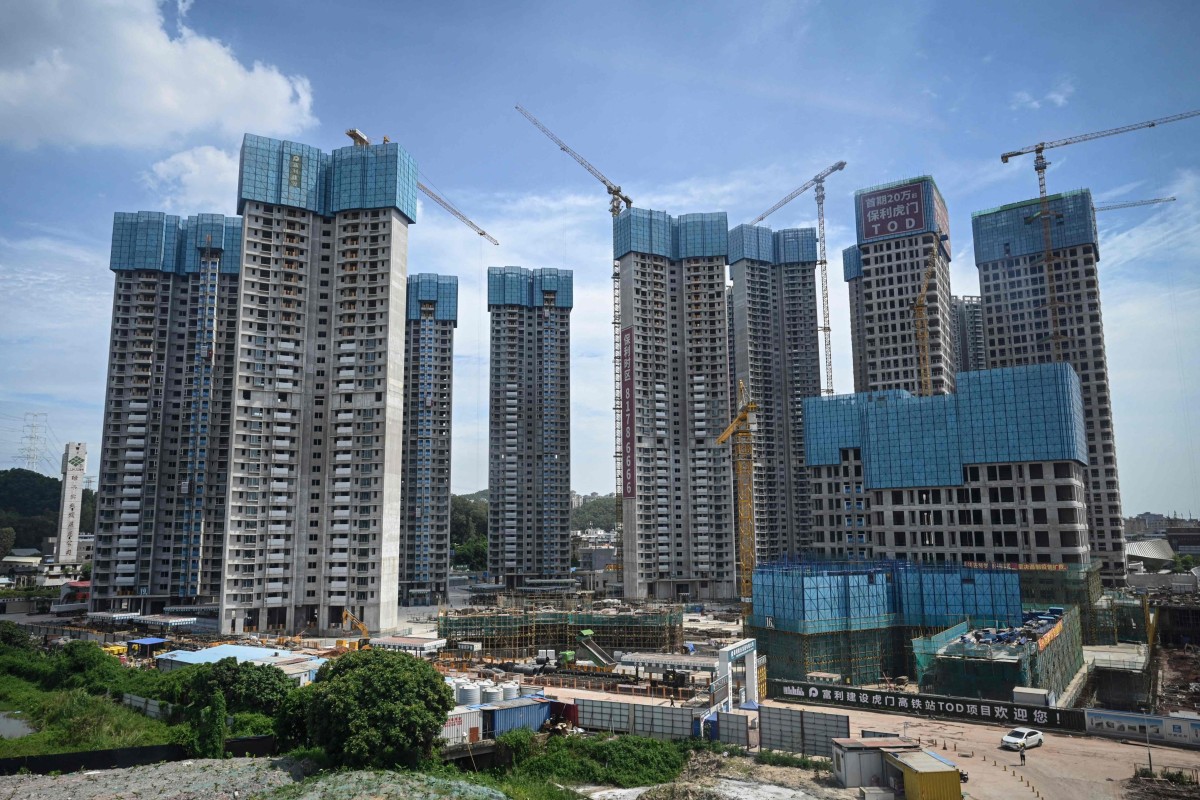Beike Research Institute is a renowned research institution based in Shenzhen, China. Established in 2005, the institution is dedicated to developing innovative biomedical solutions for various diseases through research and development. With a mission to improve healthcare and enhance the quality of life, Beike Research Institute employs a team of talented scientists, researchers, and medical professionals who work together to bring cutting-edge biotechnology and medical advancements to patients worldwide.
Research and Development
Beike Research Institute is committed to conducting in-depth research and development to improve health outcomes. It invests in R&D to enhance treatment options for patients with debilitating conditions such as spinal cord injuries, multiple sclerosis, cerebral palsy, and Parkinson’s disease. The Institute’s research focuses on stem cell therapy, gene therapy, xeno transplantation, and clinical application of innovative technologies.
Stem cell therapy
One of the primary research focuses of Beike Research Institute is stem cell therapy. The Institute has developed a unique approach to stem cell therapy that involves utilizing mesenchymal stem cells, neural stem cells, and hematopoietic stem cells. It also explores the use of hybrid cells in stem cell therapy. Beike researchers work towards developing stem cell therapy as a viable solution for the treatment of various diseases.
Gene therapy
Beike Research Institute is also at the forefront of developing gene therapy as a groundbreaking cure for gene-related diseases. Gene therapy is a therapeutic intervention where healthy genes are inserted into cells and tissues to help repair or replace damaged genes. It shows great promise in the future of medicine, and Beike researchers are working hard to create curative solutions for genetic disorders.
Xeno transplantation
Beike Research Institute is leading research into xeno transplantation, a new technique that involves transplanting animal organs into humans. Researchers at the institute are focused on improving this technique to make it a viable alternative for human organ transplants.
Clinical application of innovative technologies
The Institute also focuses on devising new techniques and protocols to treat various diseases. Clinical application of innovative technologies such as precision medicine, artificial intelligence, and robotics are some of the current areas of research at the Institute. Beike is developing treatments that can provide lifelong relief to patients with rare and genetic illnesses.
Partnerships
Beike Research Institute has partnerships with several prestigious universities and research institutions worldwide. Collaborations with top-notch research entities strengthen the Institute’s expertise, accelerating research, and taking new therapies to clinical trials. The Institute has established strategic partnerships with prominent research institutions in the United States, Germany, Australia, South Korea, and many other countries.
Beike Research Institute’s collaboration with the University of California, San Diego (UCSD) has resulted in breakthroughs in treating several neurological disorders such as amyotrophic lateral sclerosis (ALS) and spinal cord injuries. UCSD researchers jointly develop research protocols and clinical programs with Beike’s scientists and physicians.
Notably, the Institute’s partnership with the University of Liverpool and the AQUMET Network has led to the development of a protocol for transporting stem cells, which ensures the safe and efficient transportation of stem cells from the manufacturing site to the hospital.
Clinical Trials
Beike Research Institute conducts clinical trials to test the efficacy and safety of new therapies. Clinical trials aim to provide precise evidence of the therapeutic effect and establish rigorous safety guidelines. Currently, the Institute is conducting clinical studies on stem cell therapy on various diseases such as autism, cerebral palsy, multiple sclerosis, and spinal cord injuries. Beike researchers strive to discover new therapies that can help improve patients’ quality of life significantly.
Patient Care
The Institute offers comprehensive patient care, including diagnosis, treatment, and rehabilitation for various neurological and degenerative disorders. It provides personalized patient care services that are customized to patient’s medical needs. The Institute’s clinical services employ advanced medical technology and a team of highly skilled healthcare professionals to deliver positive medical outcomes. Patients from all over the world come to receive highly effective medical treatments in the Institute.
Final thoughts
Beike Research Institute’s commitment to scientific research and innovation to solve medical challenges has made it a global leader in medical research and healthcare. Its collaborations with renowned institutions and researchers worldwide have enabled the Institute to harness a broad range of expertise and knowledge. With a mission to advance medical treatment to improve healthcare and patients’ lives, the Institute is developing groundbreaking therapies that have the potential to transform the medical landscape.
Disclaimer
6do Encyclopedia represents the inaugural AI-driven knowledge repository, and we cordially invite all community users to collaborate and contribute to the enhancement of its accuracy and completeness.
Should you identify any inaccuracies or discrepancies, we respectfully request that you promptly bring these to our attention. Furthermore, you are encouraged to engage in dialogue with the 6do AI chatbot for clarifications.
Please be advised that when utilizing the resources provided by 6do Encyclopedia, users must exercise due care and diligence with respect to the information contained therein. We expressly disclaim any and all legal liabilities arising from the use of such content.





/cloudfront-us-east-1.images.arcpublishing.com/tgam/HM3MPZB3AFOJPCBPETXBH6WKPM.jpg)
